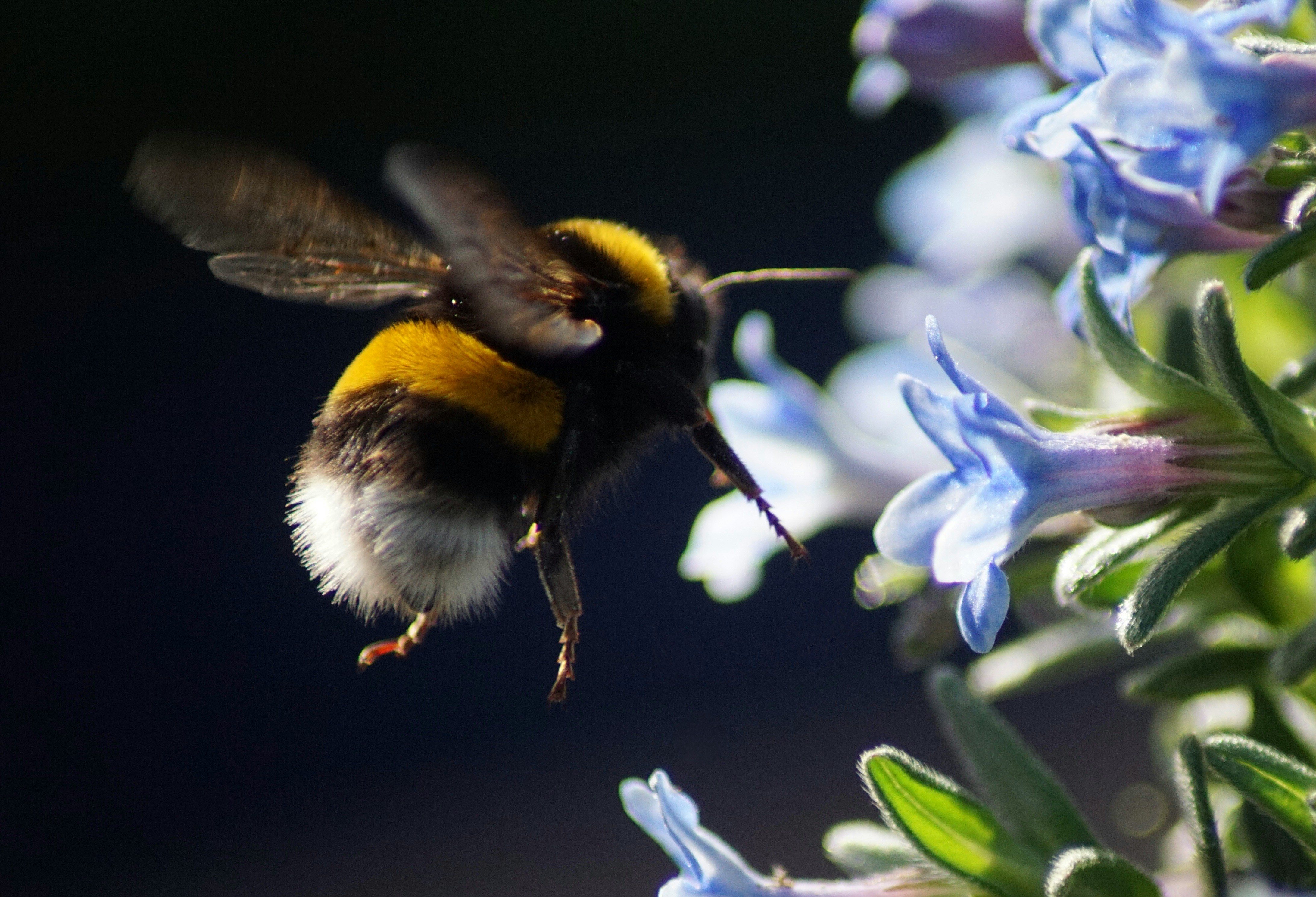Key Takeaways
- Continued Pesticide Use: Despite the availability of pesticide-free agricultural techniques, pesticides remain common for managing weeds, pests, and pathogens globally.
- Environmental and Health Concerns: Although approved in the EU, pesticides like acetamiprid are known to cause environmental pollution and have potential adverse effects on human health, biodiversity, and ecosystem services.
- Specific Study on Acetamiprid: Research by Zsolt Kárpáti and colleagues examines the sub-lethal impacts of acetamiprid (Mospilan) on buff-tailed bumblebee (Bombus terrestris) foraging behaviors.
- Effects on Bumblebees: While the pesticide did not affect the bees' ability to detect floral scents, it altered their foraging patterns, indicating potential disruptions in their natural behaviors.
- Future Research Directions: The study suggests further investigating how these behavioral changes could influence broader pollinator population dynamics and ecosystem contributions.
Impact of Acetamiprid on Bumblebee Foraging Behavior
Background and Scope of Research
In the ongoing debate about pesticide use in agriculture, the research by Zsolt Kárpáti, Magdolna Olívia Szelényi, and Zoltán Tóth (2024) adds critical insights into the sub-lethal effects of pesticides on non-target organisms. Despite advancements in pesticide-free agricultural practices, the widespread application of agrochemicals continues to raise significant environmental and health concerns.
Study Focus on Acetamiprid
The study focuses on Acetamiprid, a neonicotinoid pesticide approved in the EU, known for its potential adverse effects on various organisms, including pollinators. The research specifically examines the impact of Mospilan, an insecticide formulation with 20% acetamiprid, on the buff-tailed bumblebee (Bombus terrestris), a key pollinator species.
Experimental Findings
Experiments conducted by the researchers revealed nuanced effects of acetamiprid on bumblebee behavior. Although the treatment did not impair the bees' antennal detection of a synthetic floral blend—a critical aspect of their ability to locate food—it significantly altered their foraging behavior. Pesticide-treated bumblebees exhibited delayed foraging initiation and reduced efficiency in locating the floral blend compared to control bees. Interestingly, once they located the scent, treated bees reached the source faster than their untreated counterparts.
Interpretation of Results
These findings suggest that acetamiprid in Mospilan may disrupt the standard activity patterns and orientation capabilities of foraging bumblebees. The researchers propose that these behavioral alterations could be mediated through changes in neurophysiological and endocrine systems. This hypothesis points to more profound, possibly systemic impacts of pesticide exposure on pollinator health.
Implications and Future Research
The study raises important questions about the broader implications of such sub-lethal effects on pollinator populations and their crucial roles in ecosystems. The authors recommend further investigations to determine whether and how these behavioral disruptions in individual bees could scale up to affect population dynamics and ecosystem services, such as pollination—a vital process for many agricultural systems.
Read the complete study here.


